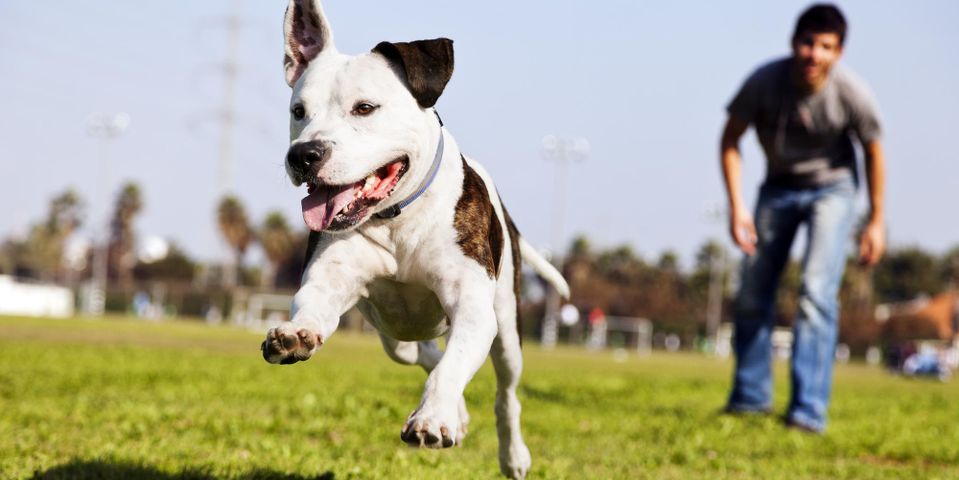
Your dog’s body absorbs significant stress when they jump, sprint, roll, and play. While they can usually withstand the strain, injuries still happen. Pulled muscles and soft tissue damage are extremely common. These injuries can linger without proper treatment, which is why identifying and working with a veterinarian is a crucial aspect of pet care. The below guide will help ensure you get your pet back on their feet.
A Dog Owner’s Guide to Pulled Muscles
How They Happen
A pulled muscle, formally called a muscle strain, occurs when a dog stretches their muscle too far. It could occur while your pup is jumping hurdles or if they fall awkwardly off the bed. Strains are an issue many dogs will experience and are often because of regular activity.
Symptoms
Dogs hide pain and discomfort well, which is why you must pay close attention if you suspect a strain. These injuries are most common in the complex wrist and knee joints because they endure the most stress during play.
 The most immediate symptom is limping. Your dog may be hesitant to apply pressure on the injured leg and will avoid it. If you notice this symptom, think about what your dog was doing just before it happened. Intense activity usually means a strain.
The most immediate symptom is limping. Your dog may be hesitant to apply pressure on the injured leg and will avoid it. If you notice this symptom, think about what your dog was doing just before it happened. Intense activity usually means a strain.
Following the injury, your dog may become lethargic, lay with its leg extended, and lose its appetite. These tricky injuries can progress to tears without taking the proper pet care steps. Additionally, they can quickly reinjure these areas if you don’t follow a care plan.
Treatment
Your dog’s limp may disappear after a day. However, don’t risk delaying treatment. Their veterinarian can test the soft tissue for warmth, soreness, and swelling—common symptoms of a pulled muscle. They’ll then watch your dog move to pinpoint the injured area. If they have concerns about a muscle tear, they’ll perform an MRI or ultrasound to examine the soft tissue.
Generally, at-home care is all that you need. Your dog will need rest, which could mean putting them in a crate if they want to run and play. You can use an ice or heat pack on the injured area to reduce swelling, and the veterinarian may prescribe medication to manage pain. Going forward, ease them into exercise, so your dog regains its full range of motion.
Whether you have concerns about a pulled muscle or need a yearly pet care exam, contact Buffalo Trace Veterinary Services. This family-owned practice welcomes pets throughout Versailles, KY. They offer a variety of services ranging from pet surgery and diagnostics to preventive medicine. Visit the website to learn more about their pet hospital and call (859) 879-3582 to schedule a checkup.
About the Business
Have a question? Ask the experts!
Send your question

